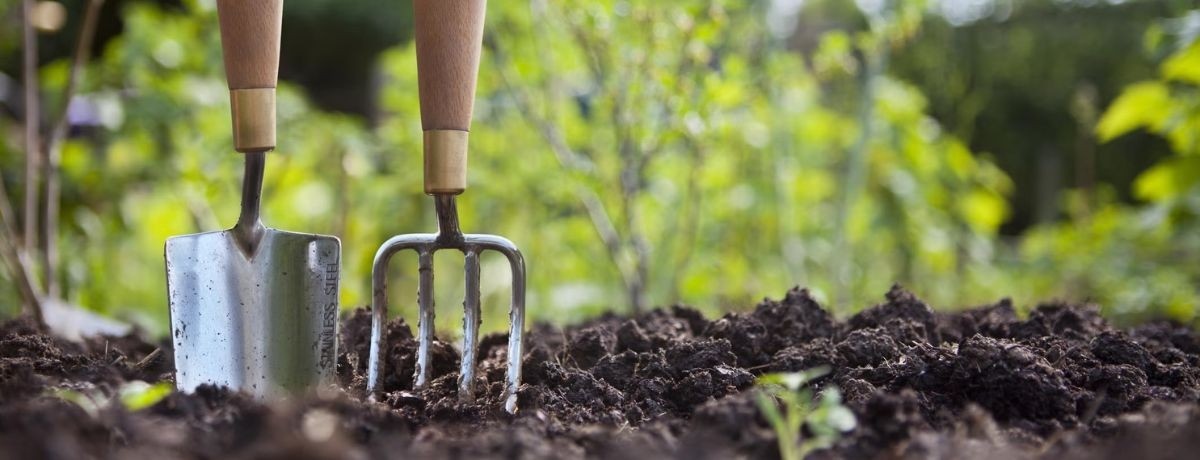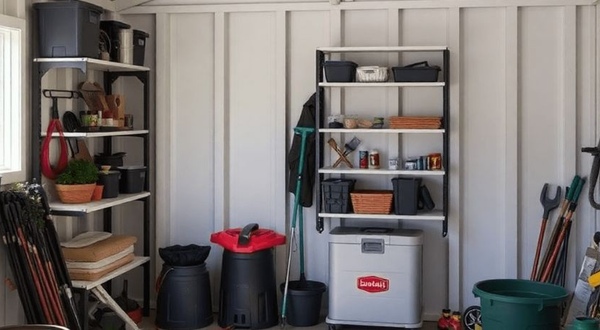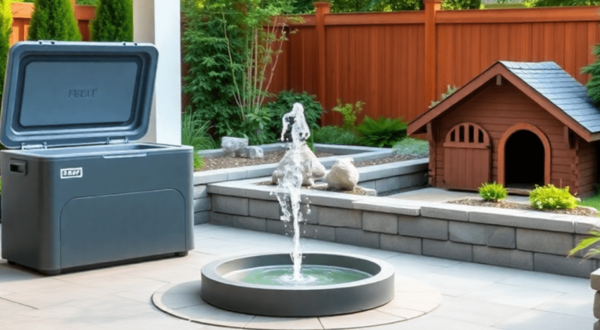
In the spring planting guide, it's essential to start prepping your garden by removing weeds and debris. Test and amend the soil for optimal plant growth, then begin planting cool-season crops like lettuce, peas, and carrots. Prune dead branches and shape shrubs for healthy growth. Protect young plants from late frosts with a layer of mulch and stay on top of watering to ensure plants receive adequate moisture. Monitor for pests and diseases and take action promptly if necessary.
To ensure healthy plant growth in spring, here are some tips for pruning and soil preparation. Trim dead branches and shape shrubs to promote new growth. Amend the soil with organic matter to improve its nutrients and drainage. Remove weeds and debris to create a clean planting area. Test the soil pH and adjust if necessary. These steps will help prepare your garden for a successful growing season.
During the hot summer months, it's crucial to water your plants deeply and regularly, especially during dry spells. Mulching around your plants can help retain moisture in the soil. Remember to regularly check for pests and diseases and take appropriate measures. Deadhead flowers to encourage continuous blooming and remove any spent foliage.
To ensure healthy plants during the summer, water deeply and regularly, especially during dry spells, and mulch around them to retain moisture in the soil. Regularly check for pests and diseases, deadhead flowers for continuous blooming, and remove spent foliage.
When it comes to summer gardening, choosing the right plants is crucial. Opt for heat-tolerant varieties like sunflowers, zinnias, marigolds, and tomatoes that thrive in the warm weather. Incorporate herbs like basil and rosemary for a tasty addition to your summer meals. Remember to provide adequate water and fertilize regularly to support healthy growth throughout the season.
In autumn, it's essential to prepare for the upcoming season by focusing on fall planting and clearing out leaves. Consider planting cool-season vegetables like kale, lettuce, and carrots. Prune any dead or diseased branches and add organic matter to your soil for improved fertility. Don't forget to protect tender plants from frost and continue watering as needed.
Preparing for fall planting is crucial to ensure a successful garden. Begin by clearing out any summer plants that have finished producing, and remove any weeds or debris. Amend the soil with compost or organic matter to replenish nutrients. Consider planting cool-season crops such as broccoli, cauliflower, and spinach. Water the newly planted seedlings regularly and protect them from pests or frost if necessary.
Clearing leaves and preparing for winter is crucial to maintain a healthy garden. Rake up fallen leaves and either compost them or use them as mulch. This will prevent them from suffocating the grass or harboring pests. Trim back any dead or overgrown foliage and apply a layer of protective mulch around plants to insulate their roots from the cold.
In winter, protect delicate plants by covering them with frost blankets or moving them indoors. Prune dormant trees and shrubs to promote healthy growth in the spring. Remove snow from branches to prevent breakage. Use winter mulch to insulate the soil and prevent frost heaving. Plan for spring by ordering seeds and starting indoor seedlings.
Protect delicate plants in the winter by covering them with frost blankets to shield them from the cold. Move potted plants indoors to provide them with a warmer environment. Use mulch to insulate the soil and prevent frost heaving. Prune dormant trees and shrubs to promote healthy growth in the spring. Remove snow from branches to prevent breakage. Plan for spring by ordering seeds and starting indoor seedlings.
To ensure a successful spring garden, start by creating a planting schedule and map out your garden layout. Consider the specific needs of each plant and plan accordingly. Take inventory of your gardening tools and supplies, and make any necessary purchases or repairs. Prepare the soil by removing weeds and adding compost or fertilizer. Finally, start indoor seedlings to give them a head start before transplanting them outdoors.
Having the right tools and equipment is crucial for year-round gardening success. Invest in quality garden tools such as shovels, pruners, and a sturdy wheelbarrow. Make sure your watering system is efficient, whether it's a hose with a spray nozzle or a drip irrigation system. Additionally, consider purchasing protective gear like gloves and knee pads to keep yourself safe while working in the garden.
To create a sustainable garden, focus on conserving resources and maintaining a healthy ecosystem. Use organic fertilizers and pesticides to minimize chemical exposure. Implement water-saving techniques like mulching and collecting rainwater. Incorporate native plants into your landscape to support local wildlife. Finally, practice responsible waste management by composting and recycling whenever possible.
In spring, focus on planting and soil preparation, pruning, and cultivating native plants. During summer, prioritize watering and maintenance and choose plants suited for the warmer months. Autumn is for fall planting and preparing your garden for winter by dealing with leaves. In winter, take care of your plants and plan for spring. Year-round, have essential tools and equipment, and create a sustainable garden. Further resources are available for gardening enthusiasts. Recap of Monthly Gardening Tips: In spring, plant and prepare the soil; in summer, water and maintain; in autumn, prepare for fall planting; in winter, care for plants and plan for spring. Have essential tools and equipment year-round and create a sustainable garden.
Throughout the year, following these monthly gardening tips will help you maintain a thriving and beautiful garden. From spring planting to winter care, each season requires specific tasks and considerations. By staying organized and proactive, you can enjoy the rewards of your hard work year-round.
Investing in quality garden tools such as shovels, pruners, and a sturdy wheelbarrow is essential for year-round gardening success. Ensure your watering system is efficient, whether it's a hose with a spray nozzle or a drip irrigation system. Consider purchasing protective gear like gloves and knee pads to stay safe while working in the garden.
To create a sustainable garden, start by composting organic waste to enrich soil fertility and reduce waste. Implement water-saving techniques like mulching and drip irrigation to conserve water. Use native plants that are adapted to the local climate, reducing the need for excessive watering and pesticides. Incorporate natural pest control methods such as companion planting and beneficial insect habitats. Maximize space by utilizing vertical gardening techniques and grow your own food for a more sustainable lifestyle.
For gardening enthusiasts seeking further resources, there are plenty of options to explore. Join online gardening communities, read gardening books and magazines, attend workshops and classes, and visit botanical gardens for inspiration and knowledge-sharing. Additionally, consider consulting with local gardening experts or hiring a professional landscaper for personalized guidance. Continual learning and engagement will help you enhance your gardening skills and cultivate a thriving backyard oasis.


